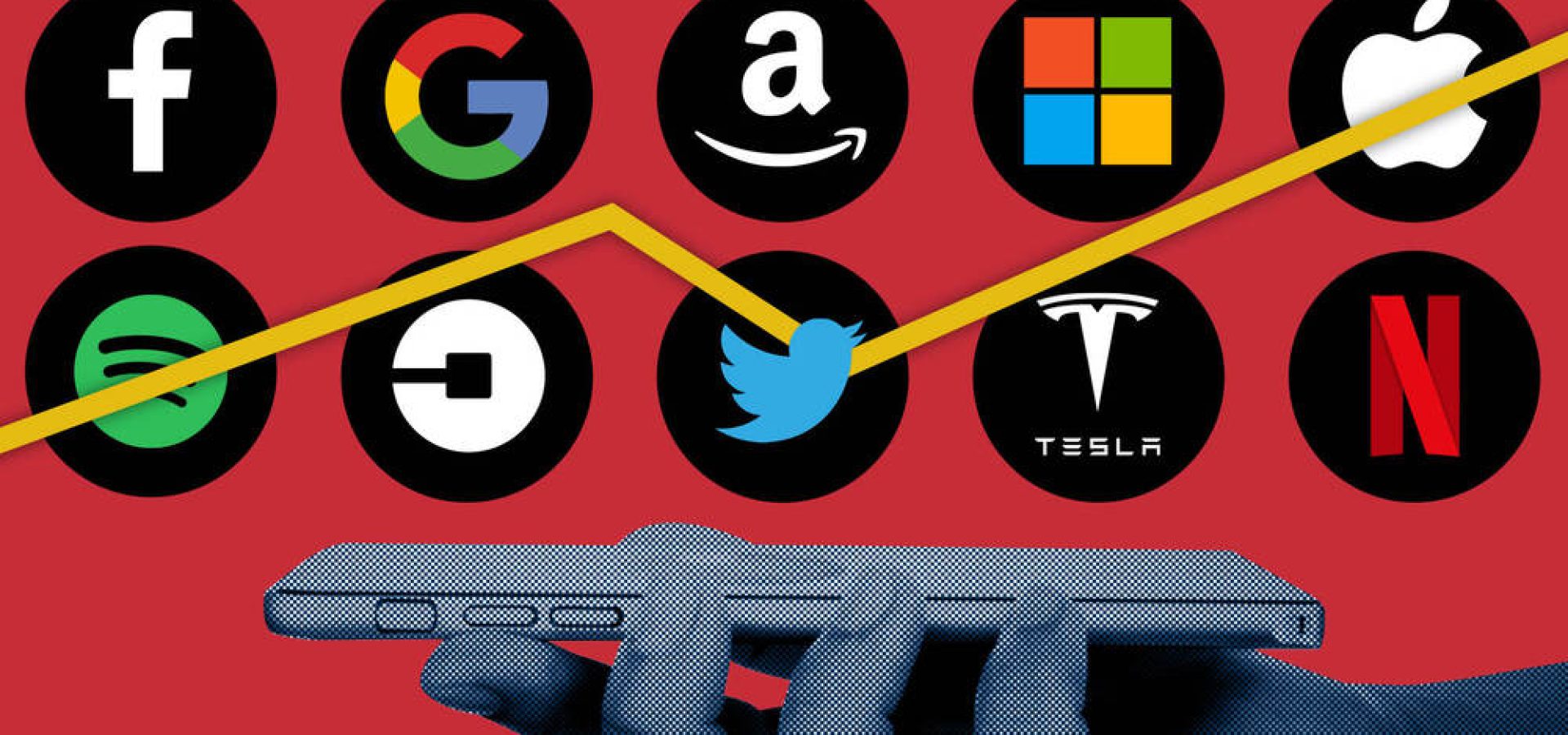Many of the stock market’s previous darlings became duds in 2022. Investors flocked to fast-growing big tech firms. They showed impressive gains year after year. This backed expectations that they had nowhere to move but up for the better part of the previous decade. Facebook parent Meta Platforms, Amazon, Apple, and Netflix are among the companies whose stock prices increased. Alphabet Inc., the parent company of Google, has set hundreds of new highs by the major indexes. FAANG was an acronym for the trade, which became quite popular.
The Federal Reserve’s high interest-rate increases disrupted the music last year. Hence the trend shifted. Investors had to re-evaluate the merits and drawbacks of holding shares in firms whose appeal was based on their potential to produce large windfall profits many years in the future.
In 2022, Meta dropped by 64% to $64. Netflix fell by 51%, while the other three stocks fell by at least 27%. As a result, the FAANG group’s market value has dropped by more than $3T. It dragged the overall market down with it. The S&P 500 had its worst year since the 2008 economic crisis, with a 19% drop.
What Is the Reason Big Tech Stocks Have All the Attention?
The largest companies in the S&P 500 index have the most influence over its direction because it is weighted by market capitalization. According to S&P Dow Jones Indices, the five FAANG stocks still have a 13% weight in the index, despite last year’s brutal declines. Their weight has fallen from nearly 17% at the end of 2021.
From another perspective, the FAANG stocks, as well as Microsoft Corp. and Nvidia Corp., are part of a basket of mega-cap-tech firms. In the S&P 500’s 2022 losses, Tesla Inc. was more to blame than all the other components combined. This information is according to a Bespoke Investment Group assessment.
In the hunt for higher returns, investors were inclined to pay for growth stocks and risky assets when interest rates were low. However, the market situation has shifted in favor of assets that yield money to the owner. This happened because the Fed increased rates at a pace not seen since the 1980s.
Inflation beneficiaries and safety plays are becoming popular among investors who outperform in last year’s turbulent market conditions. As geopolitical unrest drove oil prices up in the first quarter of 2022, the S&P 500 energy sector increased by 59%. Defensive stocks tend to be steady regardless of market conditions. They outperformed the market as a whole: utility, consumer staples, and healthcare shares.
The sector still appears expensive compared to the broader market, even after last year’s tech stocks drawdown. According to FactSet, the information-technology stocks in the S&P 500 are valued at around 20 times projected profits over the next 12 months. In the meantime, the index has a multiple of roughly 17.









COMMENTS